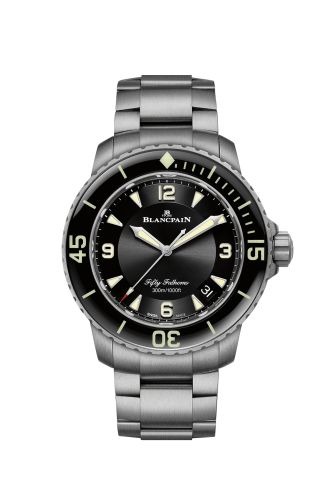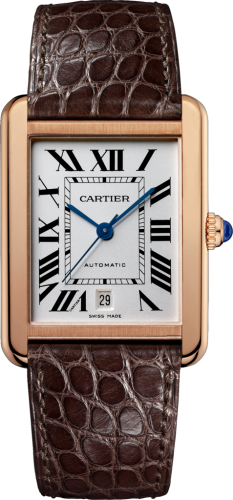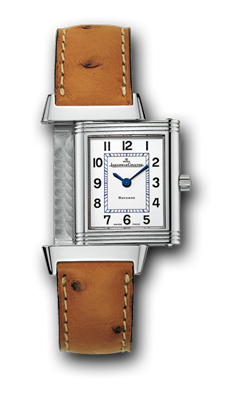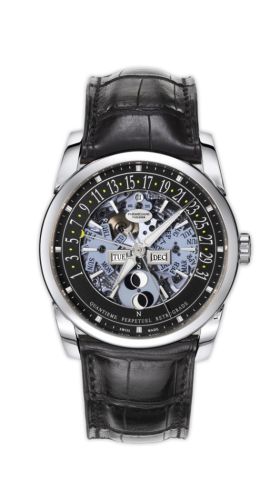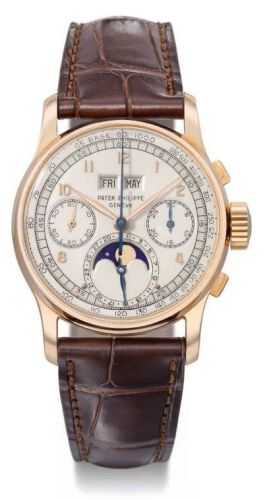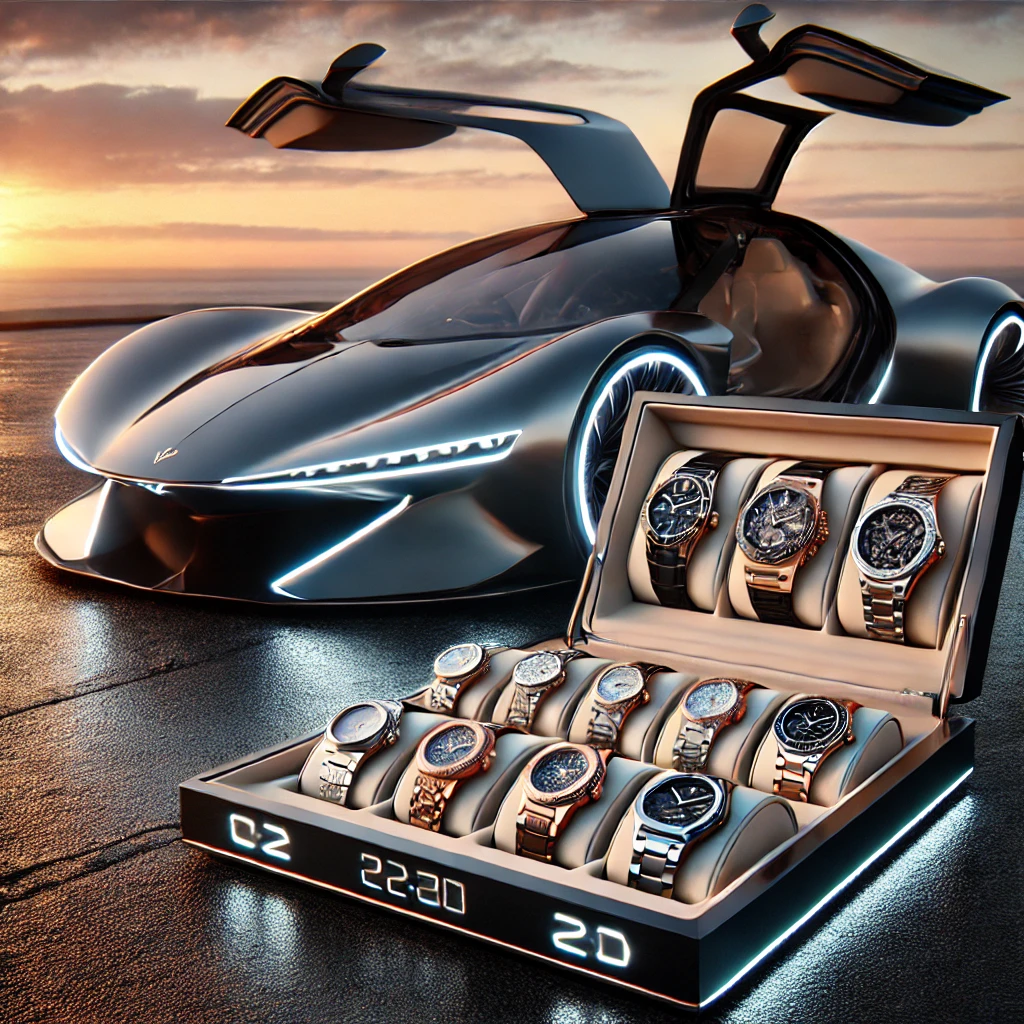
What is the history of the watch industry?
The history of the watch industry is a fascinating journey that spans centuries, marked by innovation, craftsmanship, and the evolution of timekeeping technology. It begins in ancient civilizations, where sundials and water clocks were among the earliest devices used to measure time. As society progressed, the need for more precise timekeeping grew, particularly in navigation and trade.
The first mechanical watches emerged in the late 13th century in Europe, evolving from spring-driven clocks that were originally housed in large towers. By the 16th century, watchmaking became a specialized craft, particularly in regions like Switzerland and England. The introduction of the mainspring allowed for the creation of smaller, portable timepieces, paving the way for the first pocket watches in the 17th century. These early watches were often ornate, reflecting the wealth and status of their owners.
The 18th and 19th centuries marked significant advancements in the watch industry, particularly with the advent of mass production techniques. The Industrial Revolution transformed watchmaking, leading to the establishment of large factories that could produce watches more efficiently and affordably. In the United States, companies like Waltham and Elgin emerged, introducing standardized parts that further streamlined production.
The Swiss watch industry, known for its precision and craftsmanship, began to dominate the global market during this period. Innovations such as the tourbillon and the introduction of wristwatches in the late 19th century signaled a new era in watchmaking. The wristwatch gained popularity during World War I, as soldiers found them more practical than pocket watches.
The 20th century brought about both challenges and opportunities for the watch industry. The quartz revolution of the 1970s, led by Japanese companies like Seiko, transformed timekeeping once again. Quartz watches were more accurate and cheaper to produce than traditional mechanical watches, leading to a significant decline in the mechanical watch market. However, this period also saw a resurgence of interest in luxury mechanical watches, particularly from Swiss brands, as consumers sought craftsmanship and heritage.
Into the 21st century, the watch industry has continued to evolve, incorporating modern technology such as smartwatches while maintaining a strong appreciation for traditional watchmaking techniques. Brands have embraced a blend of innovation and heritage, appealing to a new generation of watch enthusiasts. Today, the industry is characterized by a diverse range of offerings, from high-end luxury watches to affordable timepieces, reflecting the changing tastes and lifestyles of consumers worldwide.
As we look to the future, the watch industry remains at the intersection of artistry, technology, and tradition, continuously adapting to the demands of an ever-changing world while honoring its rich history. The journey of the watch, from ancient timekeeping methods to contemporary designs, showcases humanity's enduring quest to measure and understand time.







